Lemon Scones Barefoot Contessa
These Barefoot Contessa Lemon Scones will taste just as good as those from a high-end bakery. These scones can be prepared in a flash and stored in the freezer with just a few basic ingredients and some TLC. If you want to make the best possible Lemon Scones, be sure to read all the notes I’ve included with the main recipe.
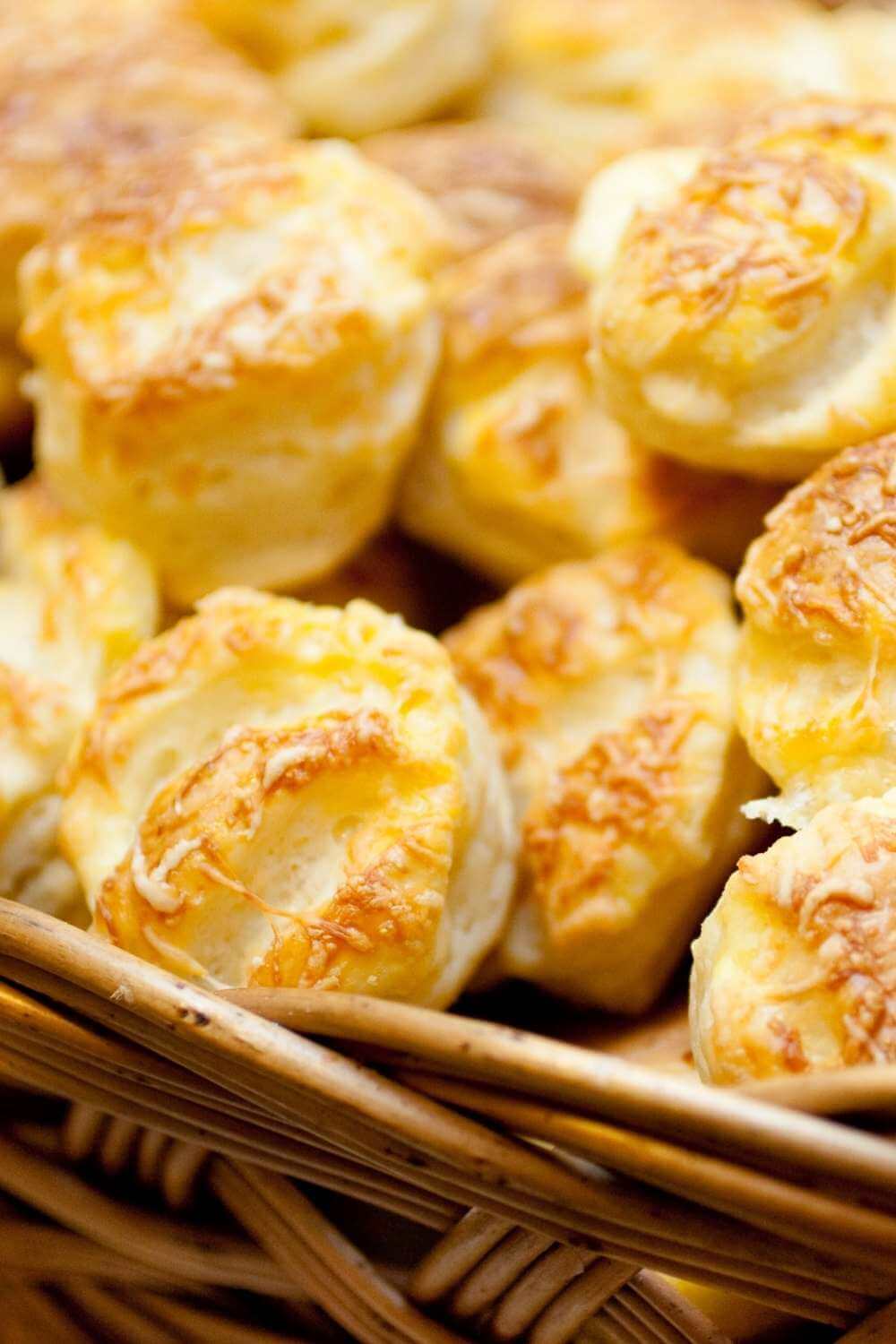
What are Barefoot Contessa Lemon Scones?
Lemon Scones are a type of quick bread, which is a type of baked good similar to bread that is leavened without yeast and can therefore be made quickly. The scones and butter biscuits sold in the United States are virtually identical in both appearance and composition. Ingredients for both biscuits and scones are combined in the same way.
Scones are baked goods that resemble biscuits but feature a sweeter flavor profile thanks to the addition of an egg, sugar, and sometimes dried fruits like raisins or blueberries. Scones typically have sweeter ingredients like raisins or blueberries and have a less flaky texture than biscuits.
Why This Recipe Is Best:
- The Barefoot Contessa’s recipe for lemon scones features both fresh lemon peel and poppy seeds. A texture similar to crumbs that are soft.
- Sweet lemon glaze.
- To make scones, you don’t need a specialized baking dish; all you need is a flat baking sheet!
Ingredients That You’ll Need:
- Unsalted butter: When making scones, it’s best to chill the butter in the freezer for a few minutes before adding it. Remove the kosher salt from the recipe if you’re using salted butter.
- Fresh lemons: The key ingredients in these Lemon Scones are fresh lemon juice and grated lemon peel.
- Lemon extract: Use only pure lemon extract for optimal results (not imitation).
- Heavy cream: These scones have a high fat content and require heavy whipping cream to complement them.
- Poppy seeds: These can be added to the scone batter before baking, but it’s not required.
How do you get perfect Lemon Scones every time?
- Make sure your butter is cold: Baked goods with visible chunks of butter are more likely to turn out flaky and tender. Butter’s steam-releasing properties make for exceptionally tender and flaky scones as they bake.
- For soft, fluffy scones, use fresh baking powder: Over time, expired baking powder loses its ability to produce fluffy results. Half a teaspoon in a couple of tablespoons of water will do the trick for a test. When something bubbles, you know it’s good.
- Don’t overwork the dough: To prevent the gluten strands from being activated, the dough must be handled with care.
- Avoid adding too much liquid: If the dough is not sticking together, add a little more cream. If the dough is too wet, the scones will not maintain their shape during baking.
- For optimal results, refrigerate the scones on the baking sheet before baking: Firstly, it gives the gluten time to relax, which results in a fluffier, more tender scone. Second, it keeps the butter in the dough’s chunks from melting.
- Don’t over bake your scones: Scones are ready to be removed from the oven when they have a light golden brown crust on the outside and the top center is set. They will be dry if baked until the edges are brown. It’s safer to underbake than overbake.
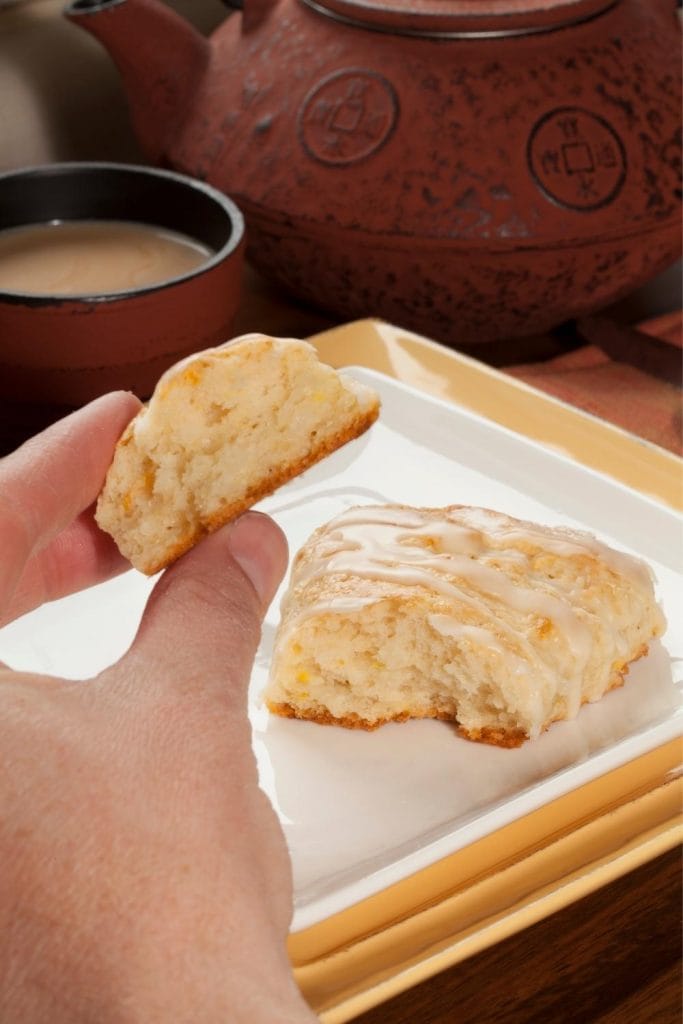
How Can Lemon Scones Be Frozen?
If you want to save some for later, you can freeze these Lemon Scones by letting them cool completely, then spreading them out on a baking sheet or plate and popping them in the freezer for 45 minutes to an hour. Then scoop them out of the dish and place them in freezer-safe ziplock bags.
Once flash-frozen on a baking sheet, Barefoot Contessa Lemon Scones will keep in the freezer for up to four months. Freezing the flash preserves the glaze so the food can be stored for longer.
How To make Barefoot Contessa Lemon Scones?
- Prepare the oven by heating it to 400 degrees F.
- In a medium bowl, combine flour, sugar, baking powder, baking soda, salt, and poppy seeds.
- Cut butter into chunks and use a pastry cutter to combine them with the flour mixture until the butter chunks are pea-sized.
- Mix the egg, lemon extract, lemon peel, lemon juice, and lemon juice into the heavy cream and whip until stiff.
- Combine to avoid clumping. Turn it out onto a floured surface and knead for a minute or two until a dough forms.
- Some stickiness is to be expected. Pat it into a circle about an inch thick after rolling it into a ball. Make eight triangles from the circle and place them on a greased baking sheet.
- Scones are done when a toothpick inserted in the center comes out clean and the bottoms have a light golden brown color, which usually takes between 18 and 21 minutes in the oven.
- Place them on a cooling rack to finish cooling.
- You can make the glaze while the scones are cooling by combining water, lemon juice, and lemon peel in a small bowl.
- Add powdered sugar slowly, mixing thoroughly after each addition.
- When the scones have cooled, drizzle the glaze over them.
- Serve and enjoy.
Recipe Tips
- The glaze’s consistency can be adjusted by adding more or less powdered sugar. If it’s too runny, add more powdered sugar.
- To create fluffy pockets in the scones. Instead of using lemon juice concentrate, use fresh lemon juice. Buttermilk is a suitable alternative to heavy cream.
- When the dough is too sticky, add one tablespoon of flour at a time until it’s not so wet. If it’s too dry, add one tablespoon of heavy cream until it’s moist.
- It must be cohesive and moist, but not sticky enough to form large clumps on your fingers. Two lemons’ worth of zest and juice are called for in today’s dish.
- Make sure your butter and cream are very cold for the best results when baking lemon scones. This allows the scones to expand as they bake.
- To keep the scones soft and fluffy, mix as little as possible. Scones will be tough and dry if the gluten is overdeveloped from excessive mixing.
- With these recipe instructions, you can use the same base for other flavors, like blueberry, cranberry, orange, or chocolate chip scones.
- To complete your holiday brunch spread, try serving these scones with our recipe for delicious waffles and our homemade French vanilla coffee creamer.
How To Store Lemon Scones?
It is recommended that you store these Lemon Scones in a container that can seal tightly and keep them at room temperature for three to four days. When I want to keep the layers from becoming adhered to one another, I use waxed paper in between them.
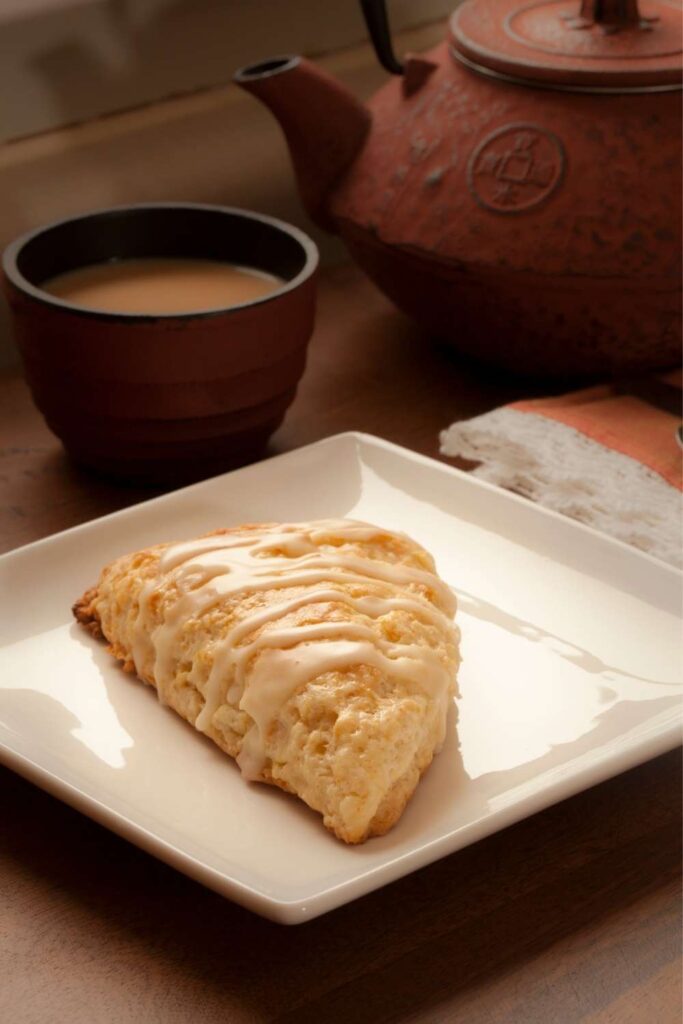
FAQ Section
Yes! You can use either whole milk, half-and-half, or buttermilk in these Lemon Scones. Scones can be made with buttermilk to add a tangy flavor.
The cold butter remains between the layers of flour, resulting in layers that are airy. This will result in a denser, less appetizing final product.
No, Lemon extract can’t be replaced with anything else. Since lemon extract is so concentrated, it can intensify flavor without diluting the recipe. It’s what gives many of my dishes their amazing lemon flavor.
Two lemons of average size will yield enough juice and peel for this Barefoot Contessa Lemon Scones recipe.
Buttermilk works beautifully in this Lemon Scones recipe as a substitute for the cream.
If your dough is too sticky to roll out, don’t worry. Just add flour, 1 tablespoon at a time, until you have a dough that holds together but isn’t completely smooth and won’t stick to your fingers.

Lemon Scones Barefoot Contessa
Ingredients
For the scones:
- 2 cups all-purpose flour
- ½ cup granulated sugar
- 3 teaspoons baking powder
- ½ teaspoon baking soda
- ½ teaspoon kosher salt
- 1½ tablespoon poppy seeds
- 6 tablespoons unsalted butter cold
- 2 tablespoons lemon juice
- 3 teaspoons pure lemon extract
- 1 teaspoon freshly grated lemon peel
- ⅔ cup heavy whipping cream
- 1 large egg
For the glaze:
- 1 cup powdered sugar
- 1 tablespoon lemon juice
- ½ tablespoon water
- 1 teaspoon freshly grated lemon peel
Instructions
- Start by preheating the oven to 400 degrees F.
- In a medium bowl, combine flour, sugar, baking powder, baking soda, salt, and poppy seeds.
- Cut butter into chunks and use a pastry cutter to combine with flour mixture until butter chunks are pea-sized.
- To heavy whipping cream, add the egg, lemon extract, lemon peel, lemon juice, and lemon juice. Mix until just combined.
- Turn out onto a floured surface and knead for a minute or two until dough forms. It will be a little sticky. Roll up into a ball and pat into a circle about one inch thick.
- On a lightly greased baking sheet, cut the circle into eight triangles.
- Bake the scones for 18-21 minutes, or until they are lightly browned on the bottoms and a toothpick comes out clean. Transfer to a cooling rack.
- While the scones are cooling, prepare the glaze by mixing water, lemon juice, and lemon peel in a small bowl. Add powdered sugar slowly, mixing thoroughly after each addition.
- When scones are cool, spoon glaze over them and serve.
Notes
- The glaze’s consistency can be adjusted by adding more or less powdered sugar. If it’s too runny, add more powdered sugar.
- To create fluffy pockets in the scones. Instead of using lemon juice concentrate, use fresh lemon juice. Buttermilk is a suitable alternative to heavy cream.
- When the dough is too sticky, add one tablespoon of flour at a time until it’s not so wet. If it’s too dry, add one tablespoon of heavy cream until it’s moist. It must be cohesive and moist, but not sticky enough to form large clumps on your fingers.
- Make sure your butter and cream are very cold for the best results when baking lemon scones. This allows the scones to expand as they bake.
- To keep the scones soft and fluffy, mix as little as possible. Scones will be tough and dry if the gluten is overdeveloped from excessive mixing.
- With these recipe instructions, you can use the same base for other flavors, like blueberry, cranberry, orange, or chocolate chip scones.
- To complete your holiday brunch spread, try serving these scones with our recipe for delicious waffles and our homemade French vanilla coffee creamer.

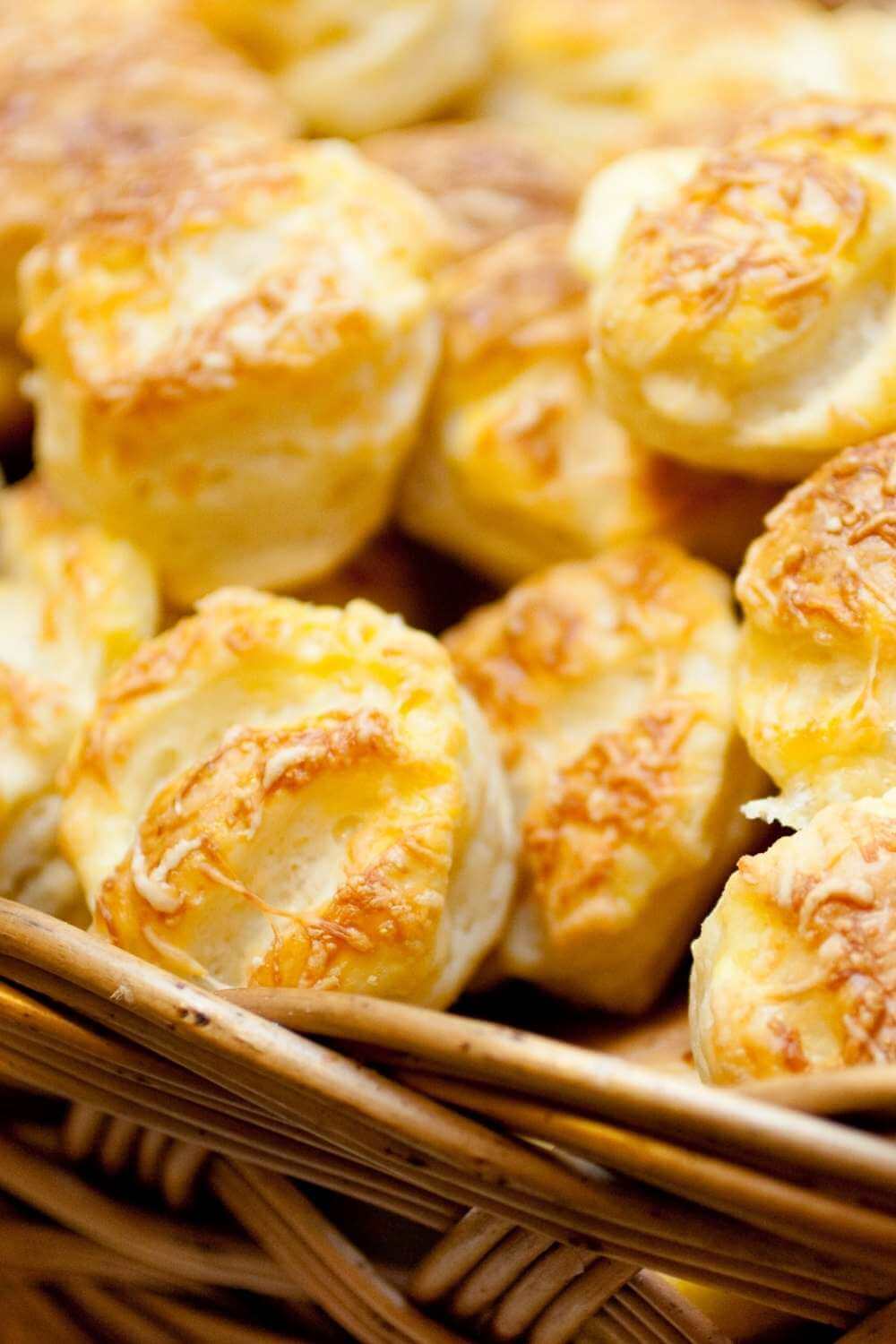
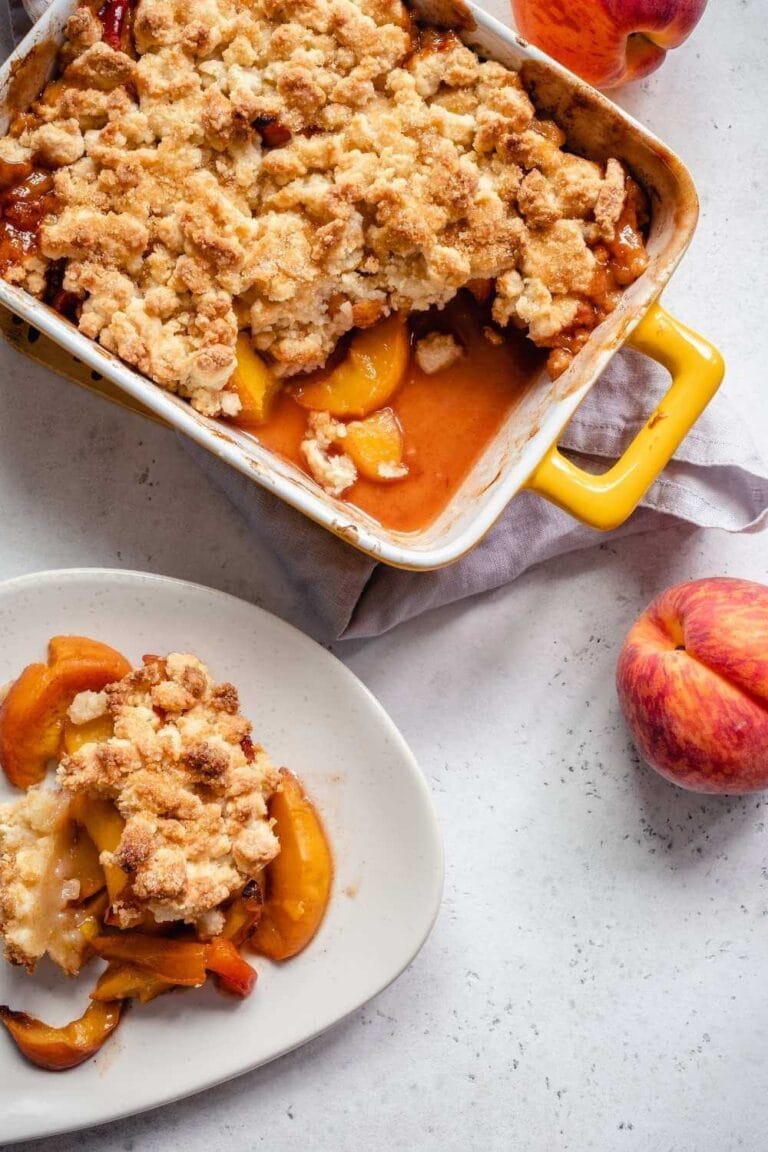
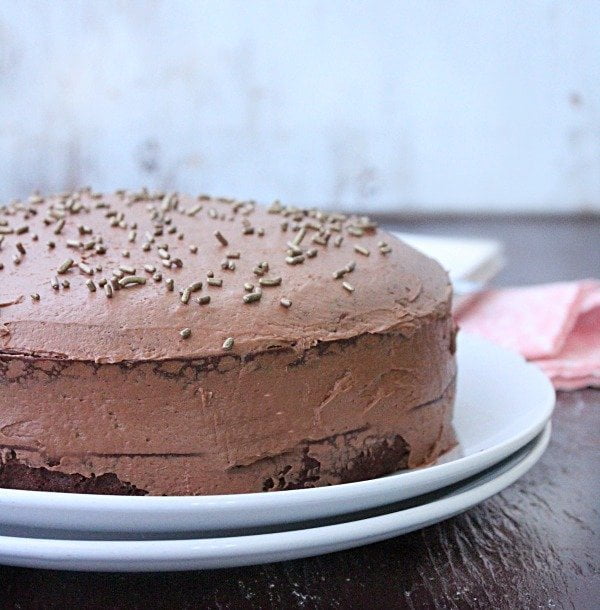
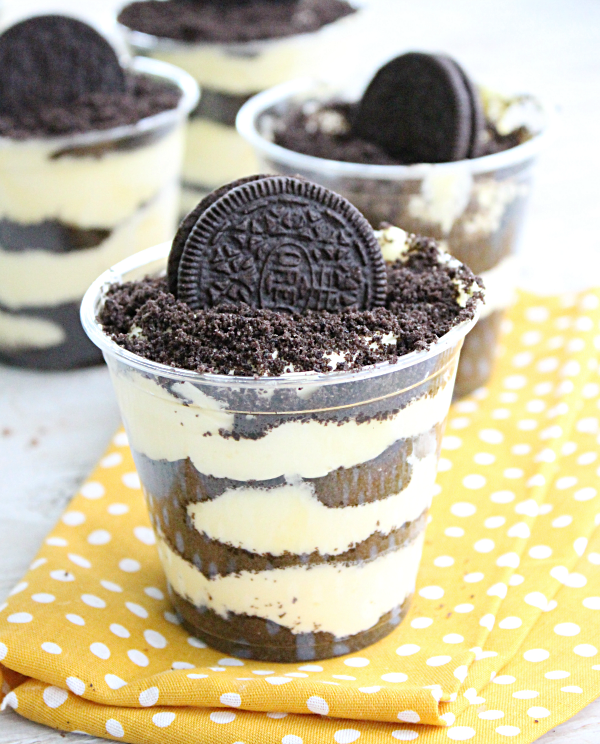
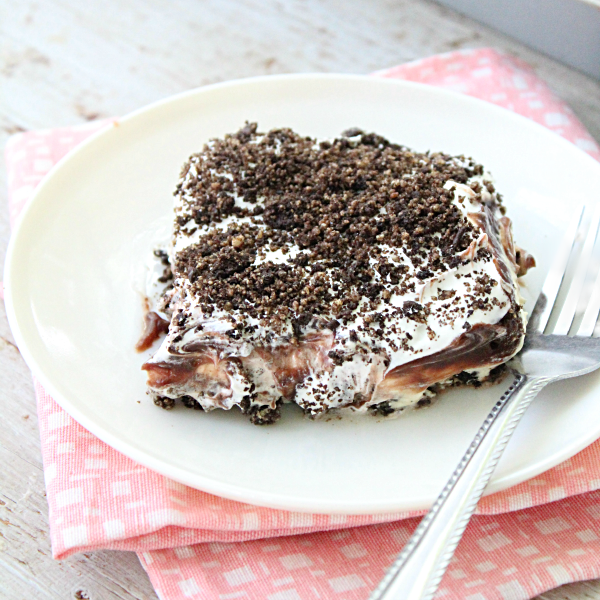
Thank you for the easy instructions, they were lovely.
Can Limoncello be used instead of lemon juice?